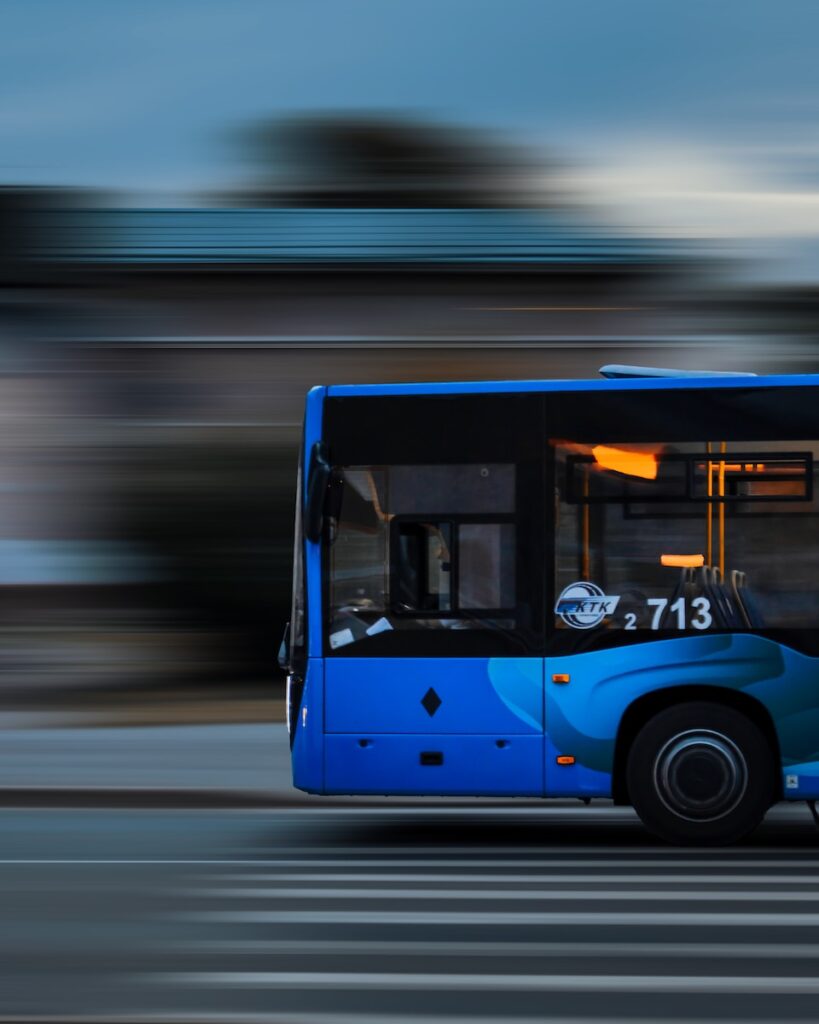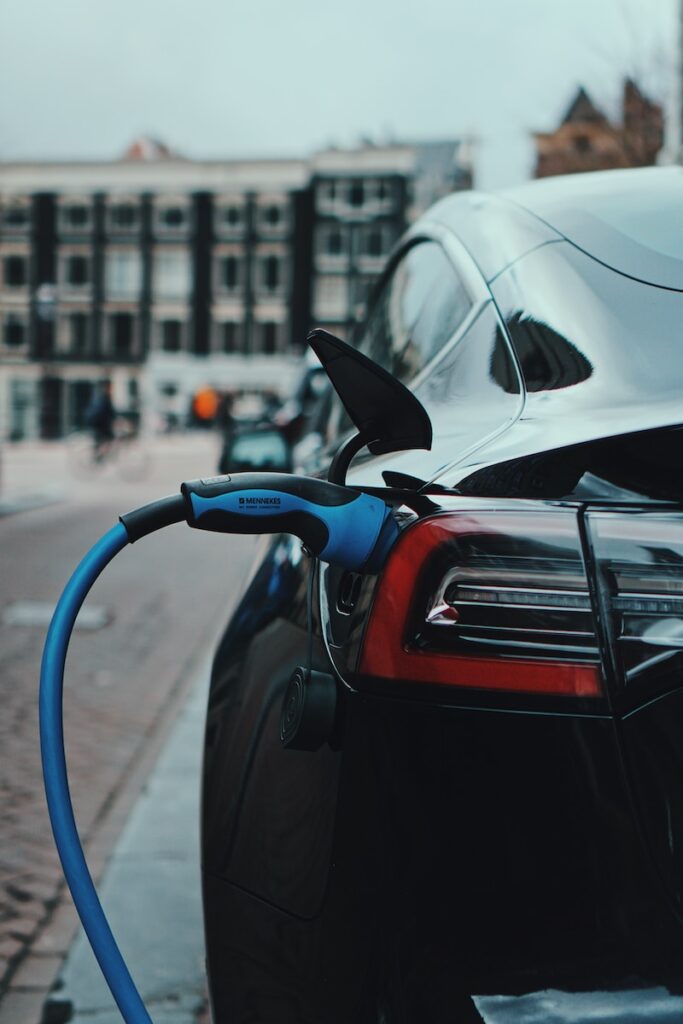How To Reduce Air Pollution In Urban Areas
How to reduce air pollution in urban areas is a significant concern that affects our health and the environment. It’s primarily caused by vehicle emissions, industrial activities, and energy production. This article explores various strategies to reduce air pollution in urban areas.
Understanding Air Pollution
Air pollution consists of harmful substances released into the atmosphere, including particulate matter, nitrogen oxides, sulfur dioxide, carbon monoxide, and volatile organic compounds. These pollutants can cause respiratory diseases, heart conditions, and environmental damage.
Strategies to Reduce Air Pollution
Promoting Public Transportation
One of the most effective ways to reduce air pollution is to minimize the use of private vehicles. Public transportation systems like buses, trams, and metros can carry many people at once, significantly reducing the number of vehicles on the road and thus the emissions.
Encouraging Cycling and Walking
For short distances, walking or cycling can be an excellent alternative to driving. Cities can promote these modes of transport by developing infrastructure such as bike lanes and pedestrian-friendly pathways.
Implementing Carpooling
Carpooling involves several people sharing a car ride, reducing the number of vehicles on the road. It’s an effective strategy for commuting to work or school.

"Reducing air pollution in urban areas requires a collective effort from individuals, communities, businesses, and governments"

Using Electric Vehicles
Electric vehicles (EVs) produce zero tailpipe emissions, making them a cleaner alternative to conventional cars. Governments and municipalities can encourage their use by providing incentives like tax rebates and installing charging stations.
Improving Energy Efficiency
Energy production is a significant source of air pollution. Improving energy efficiency in buildings and industries can reduce the demand for electricity, thereby reducing emissions.
Planting Trees
Trees absorb carbon dioxide and other harmful gases, making them a natural solution for air pollution. Urban areas can benefit from planting more trees in parks, streets, and other public spaces.
Regulating Industrial Emissions
Industries should be required to follow emission standards to control the release of pollutants. This can be achieved through legislation and regular monitoring.
Avoid & Reduce The Use of Volatile Organic Compounds
Reducing or avoiding the use of volatile organic compounds (VOCs) is a crucial step towards mitigating air pollution in urban areas. VOCs are emitted as gases from certain solids or liquids, including paints, cleaning supplies, and other chemical products.
Conclusion
Reducing air pollution in urban areas requires a collective effort from individuals, communities, businesses, and governments. By implementing these strategies, we can improve air quality, protect our health, and contribute to a more sustainable future.
